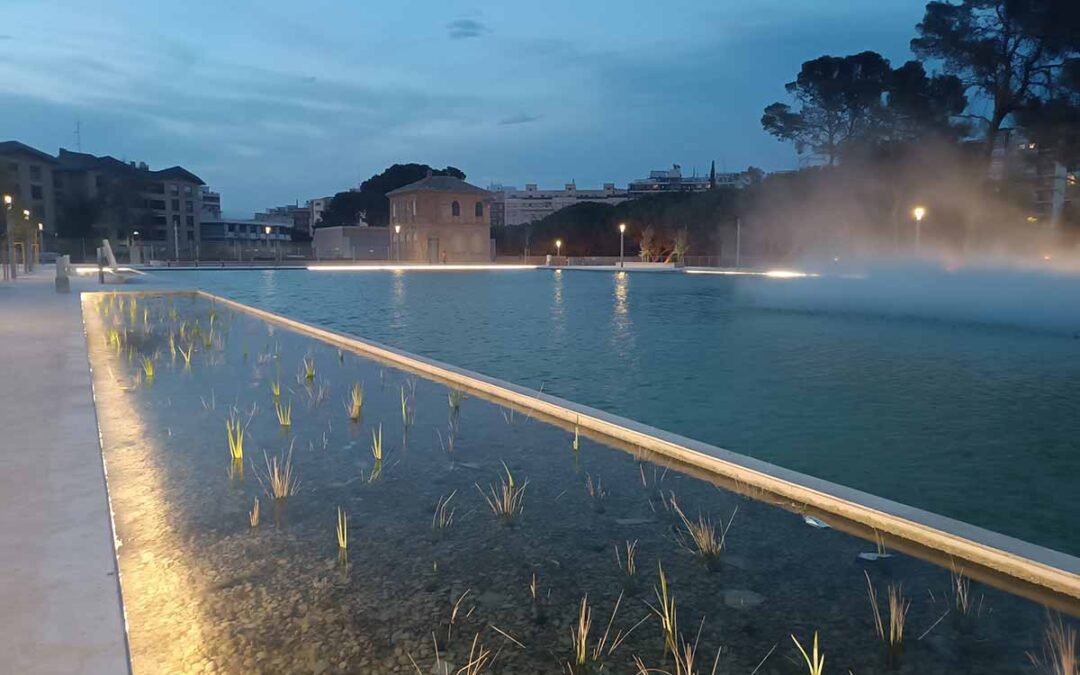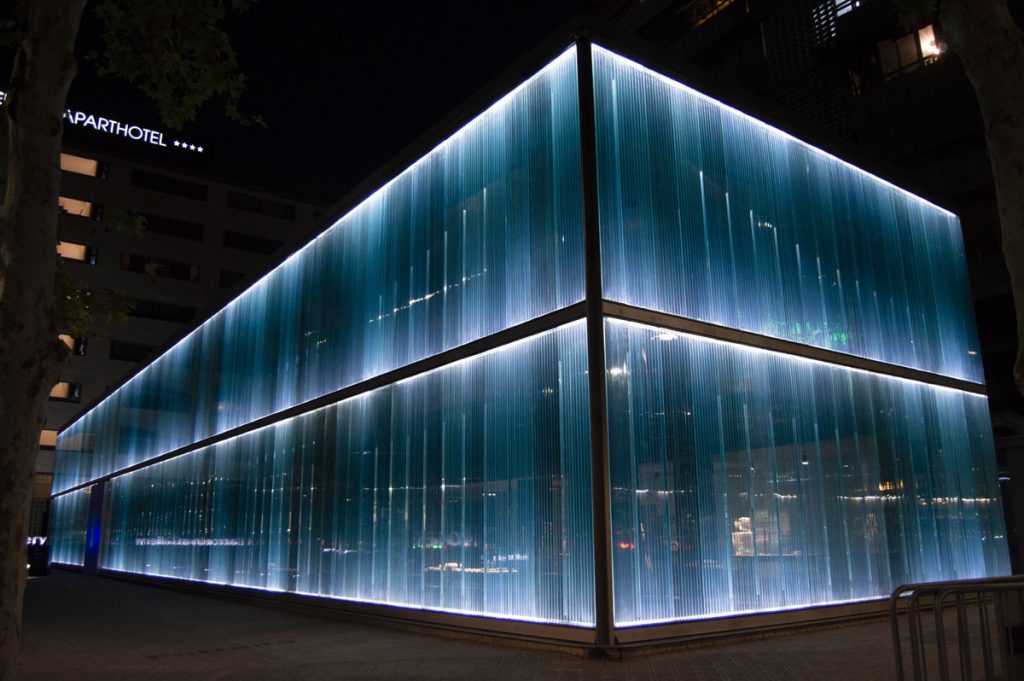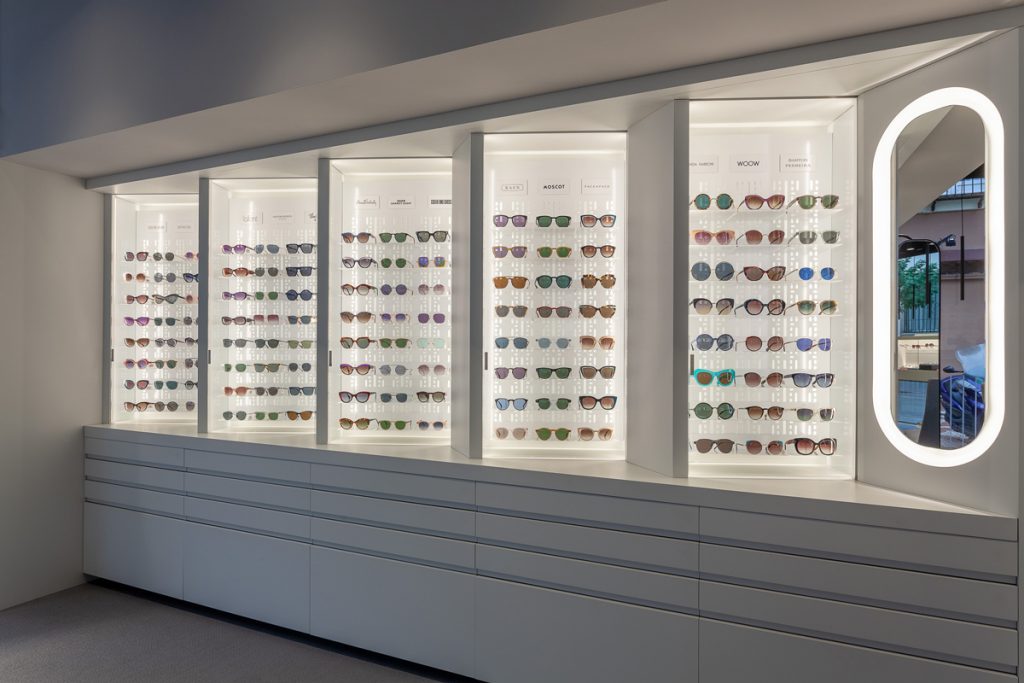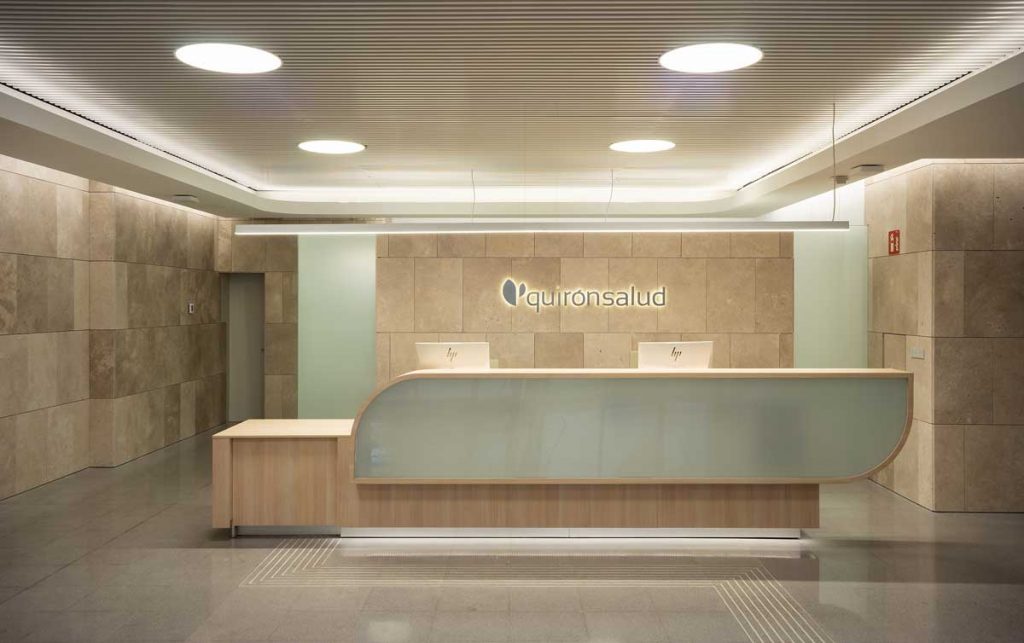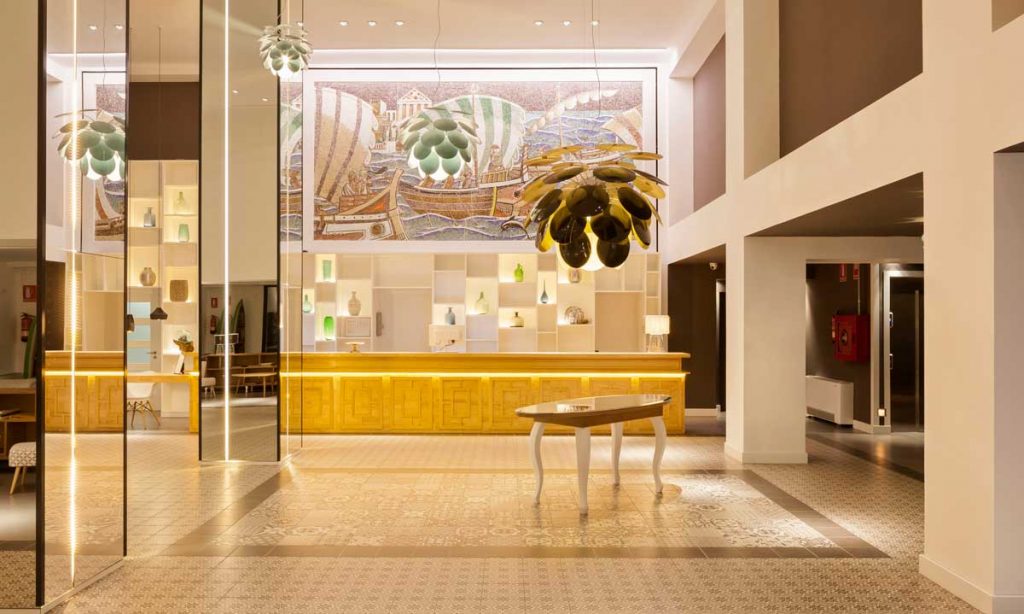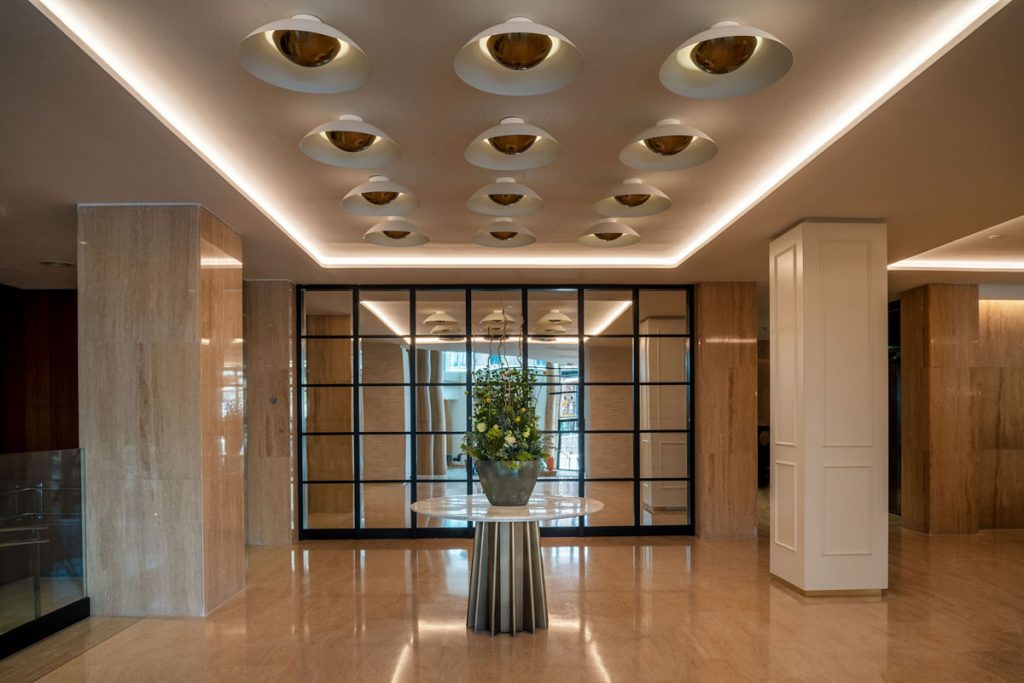
Linear lighting is an essential component of any indoor or outdoor architectural lighting project. But choosing the right LED strip can sometimes be complicated. The first step in choosing the correct light source of the system that will provide the desired lighting effect and guide the choice of profiles and optics, is to define:
1. The light colour
2. Colour rendering
3. The amount of light
4. The format of the LED strip
5. The dynamism
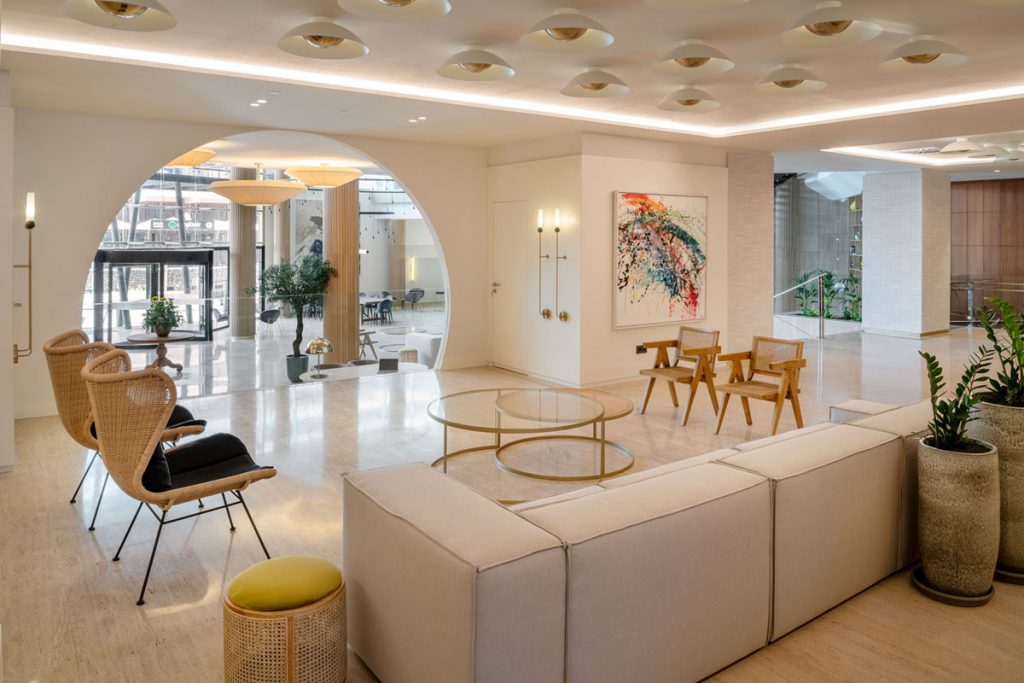
The colour of the light
LED strips can provide white or coloured light. The white hue, or colour temperature of the LED, is measured in Kelvin (K), in a range typically between 2300K (warmest light) and 6000K (coolest light). There are general prescriptive guidelines that determine that for residential or hospitality spaces, the most suitable colour temperature is 2700K. 3000K is for commercial use and 4000K for medical or work environments.
At Lluria we manufacture LED strips in many shades: 2300K, 2700K, 3000K, 4000K and 6000K. But when the project requires us to be able to change the colour temperature from warm white to cool white, the Tunable White control is available on strips such as the Titan Double White or Perfect White. This solution is often used in spaces that lack natural light. When we want coloured light, the Moon range offers fixed amber, blue, red and ultraviolet colours, while the Titan series can generate all colours in its RGB version, and all colours plus white in the RGB + White version.
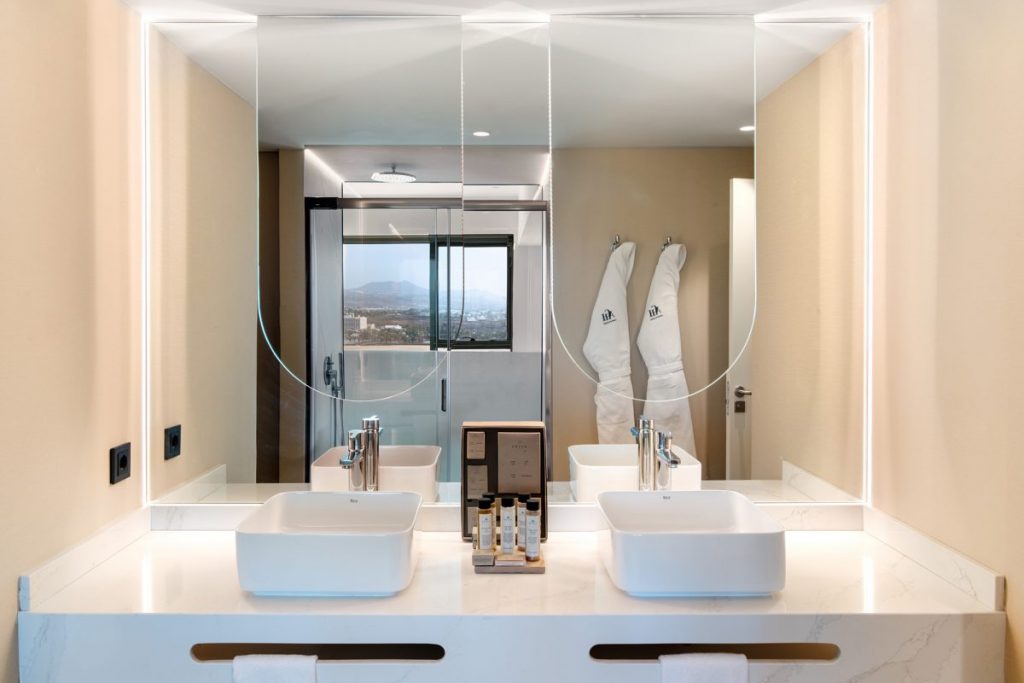
Colour rendering of light
The concept of colour rendering indicates the LED strip’s capability to show the colours of objects as closely and faithfully as possible as they appear in sunlight. Sunlight has a Colour Rendering Index (CRI) value of 100. The closer the CRI of a LED strip is to 100, the better the colours are rendered. That is why at Lluria we carefully select the LEDs with the three high colour-rendering levels of CRI>80, CRI>90 and CRI>98 that correspond to the Nature LED strip, an exclusive product that offers a white light of the highest quality for spaces that require a perfect colour rendering, such as museums or exhibitions.
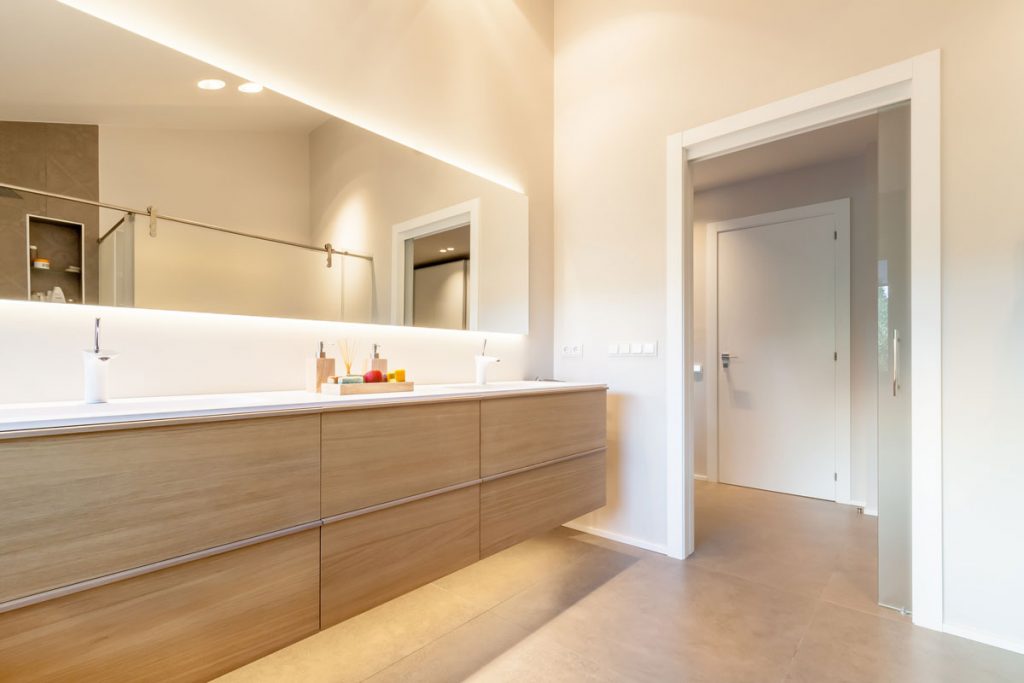
Amount of light
The amount of light emitted is defined by the luminous flux and is measured in lumens (lm). But there are more quantitative parameters that describe the light output of the LED strip from various points of view, such as energy consumption (watts) and luminous efficacy (lumens/watt). At Lluria we have a wide range of wattages and light emissions ranging from 4.8W/m – 435lm/m to 38W/m – 5110lm/m that offer solutions for any type of space. All our LED strips are very efficient, with values between 90 and 120 lm/w, but the Energy range offers a higher efficiency of up to 180lm/w, almost double that of the simpler ranges. It is the ideal energy-saving solution, especially in commercial spaces, offices, and any large areas in general.
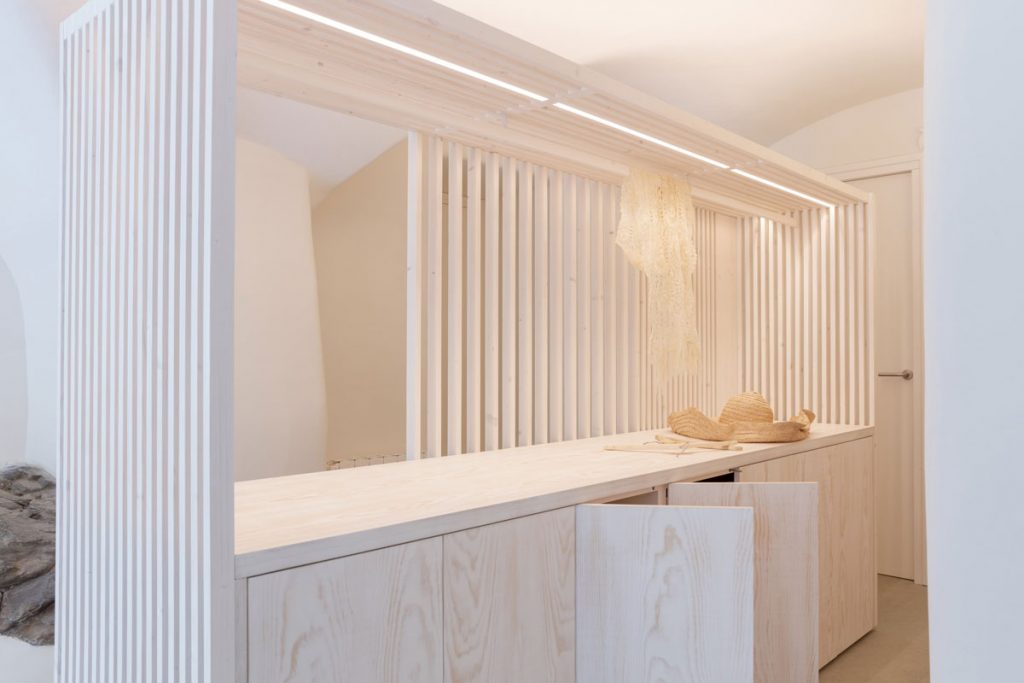
LED strip format
There are several matters related to the shape and physical characteristics of the LED strip and the circuit: the degree of protection, the adaptability, the size, the number of points per metre, and the cut-off span.
The Protection Index (IP) indicates the degree of protection against water and foreign bodies. The higher the value, the greater the protection. At Lluria we have strips with an IP20 rating for indoor spaces up to IP68 strips, such as the Wolf or Cougar ranges that can be submerged in liquids.
Adaptability is extremely useful when solving curvilinear designs. Common LED strips can only be curved vertically. The SideWay LED strip, on the other hand, has a lateral emission and solves problems such as the vertical illuminating of curved walls. For even more organic and irregular designs there is the Snake family which, as the name suggests, can be adapted to more complex shapes.
The size of the strip is another distinguishing feature. Most LED strips have a standard width of 10mm, but at Lluria we have developed the Mini LED range which is only 4mm wide and is used for minute details or in minimalist and essential designs.
The distance between pixels (pixel pitch) is another formal parameter. It influences the homogeneity of the light that will be seen through the diffuser. Two excellent options are Lluria’s Pegasus and Anser families that completely eliminate visible spots and widen the angle of light thanks to COB technology.
The minimum cut-off length is linked to the number of LEDs per metre; this length which varies with the circuit. This parameter is particularly important when the LED is integrated in very detailed solutions, where maximum precision in the length of the LED strips is required.
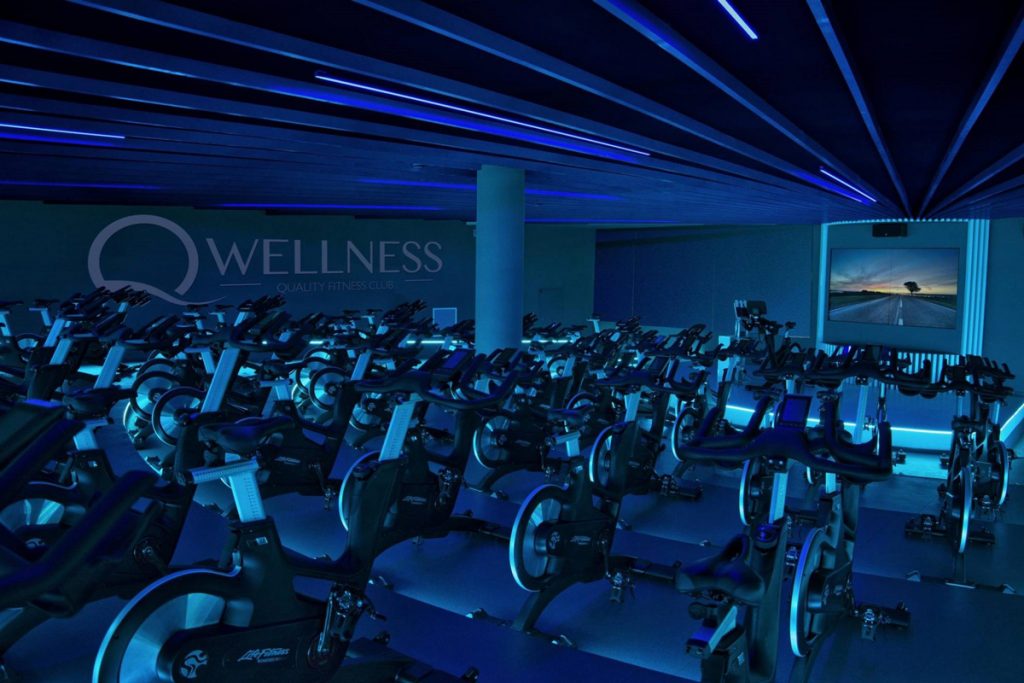
Dynamism of light
Light is dynamic when it can be varied over time. All Lluria, products can be dimmed throughout the entire LED strip at the same time; you only need to select the appropriate dimming equipment. However, controlling each single point of a LED strip individually can only be achieved with digital LED strips, which are designed specifically for this purpose. Digital LEDs can be applied in many ways and achieve dynamic and spectacular effects in a wide variety of areas, whether in façade lighting, concerts, theatre, television, museums, restaurants or hotels.
Contact us
At Lluria, we have a wide range of products that adapt to any type of application. We also have a technical sales team with all the knowledge necessary to provide you with the best solution in linear lighting. If you would like us to advise you on the most suitable product for your project, please do not hesitate to contact us.

